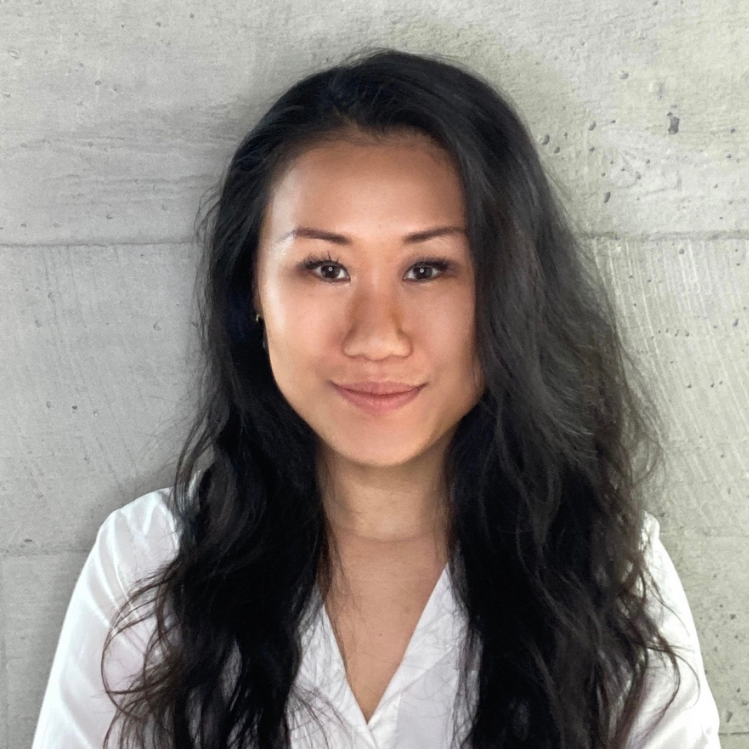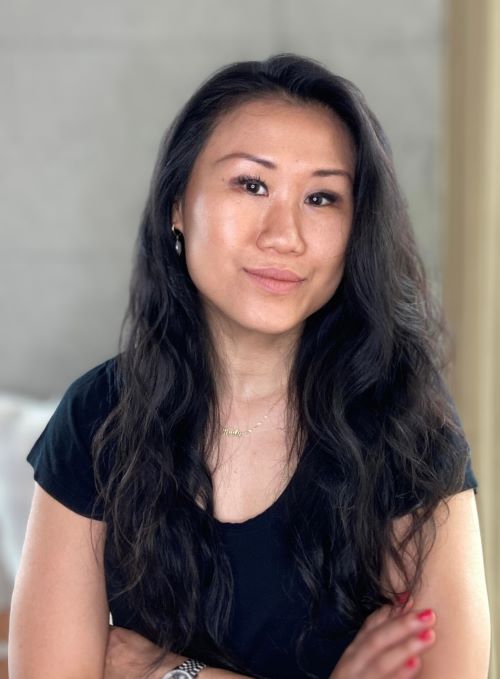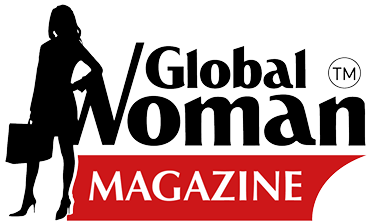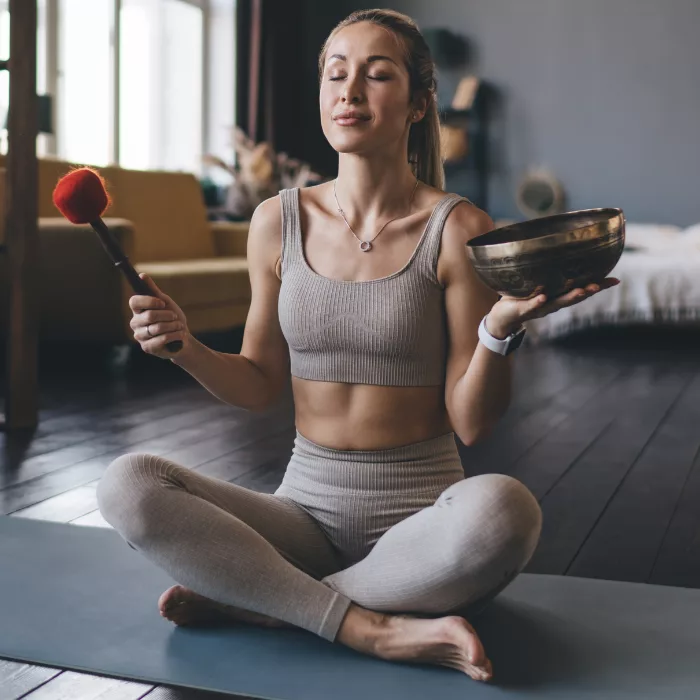
Breaking Boundaries: From Corporate Success to Coaching
In a world where success often equates to professional accolades and material gains, one individual dared to challenge the conventional definition of achievement. Meet Pauline Leung, a former General Manager at L’Oréal whose personal journey from corporate success to becoming a High Performance Coach is as inspiring as it is transformative.
How did your personal journey lead from a successful corporate career to becoming a High Performance Coach?
I think all the experiences I have had throughout my career have played a significant role in shaping my passion and mission to share and teach performance and happiness. After a decade at L’Oréal in Europe and Asia, and reaching the position of General Manager at the age of 30, I realized that pursuing external achievements does not give genuine fulfillment. I had dedicated excessive time to work, leaving little room for anything else. Even during my downtime, work consumed my thoughts from mornings until I laid my head on the pillow at night. Only when I took a step back in 2013, after ten consecutive years of working and objectively examining my life, I understood the self-inflicted stress and overwork. In 2014, my interest in High Performance topics sparked, leading me to delve into the science behind genuine success and happiness, and how much of it is within our control and practice. However, I realized then that holding a certification and knowing the science does not mean I’m able to help others. Words can only teach so much, it’s by practicing that you can share your failures and trials that can inspire others. It’s through your own practice, and living life with and among others, that you can contribute to their lives.

What inspired you to blend your professional expertise with practices like yoga, meditation, and integrative nutrition?
Back in 2012 when I was working in Vietnam, I found myself wandering into a bookstore in Ho Chi Minh City during my lunch break. It was there that I stumbled upon a book called “Peace is Every Breath” by Thich Nhat Hanh, which was being launched at the time. Intrigued, I couldn’t resist picking it up and delving into its pages. Coincidentally, around that same period, I discovered Tara Stiles on YouTube and decided to incorporate a daily yoga practice into my morning routine. I managed to squeeze in 5 to 10 minutes of yoga every morning and little did I know that these brief sessions would ignite a passion within me. In 2013, after enduring 6 years of inflammation and pains, I made the life-changing decision to pursue a 1-year Integrative Nutrition certification. This was my way of taking charge of my well-being and embarking on a journey of self-healing. It was during this transformative period that I came to realize the fundamental importance of holistic self-care and that a healthy body and mind are critical in achieving anything we desire in life.
Can you share a pivotal moment or experience during your 18-month break that shaped your approach to coaching and personal growth?
During my 18 months off, I visited Blue Cliff Monastery in upstate New York, and meditated with the renowned Thich Nhat Hanh, and where I saw his calligraphy for the first time. A few months later I purchased 1 of his 88 pieces showcased in Manhattan’s Deepak Homebase at ABC, with the words: Breathe, Now is the Time, Wake-up. Those words were exactly what I needed in my life and since then I have used these words to stay grounded. A few months after, I learned about Brendon Burchard as a Marketing Expert promoting Paulo Coelho’s 25th anniversary of The Alchemist. What started as my interest in my continuation of Marketing topics, turned quickly into learning about Brendon’s research in the art of Motivation and Self-Development. I enrolled in his High Performance Academy. I realized at that time that my goal would be to become a High Performer myself and to truly practice and be my own best version, which I knew I was far from because I felt constantly restless and anxious. I also started to miss my life at L’Oréal. I realized that I have always liked my work, but I didn’t love the life I used to live and the person I became in it. It was then that I set my intentions to return to the corporate world and practice being “my best” and to adopt the quote “Peace does not mean to be in a place where there is no noise, trouble or hard work. It means to be in the midst of those things and still be calm in your heart”.
How do you balance the demands of your coaching practice with your passion for organizing workshops, hosting retreats, and designing jewelry?
As a High Performance Coach, I allocate approximately 25% of my time to one-on-one coaching sessions. I see organizing and hosting workshops and retreats as an integral part of fulfilling my mission. The events aim to inspire and educate working professionals on the subjects of high performance, mindfulness, wellness, and happiness. My goal for the events is for them to have great experiences and to ignite their interests and inner motivation to embrace the practices that underpin true success and happiness.
As for jewelry, I absolutely love jewelry design! The whole process of carving, filing, and cleaning my wax sculptures is meditative and enjoyable. These sculptures eventually transform into unique rings. It’s a hobby that puts me in a state of flow, and I would continue doing it even if I didn’t have any intentions of selling my creations.
What lessons did you learn from your multicultural background, and how does it influence your coaching style?
I was born and raised in the Netherlands, with parents from Hong Kong. My sisters and I lived in a traditional Chinese household, with very strict rules and tough love. In the Chinese culture, it is customary to use negativity as a means of pushing children to excel. Fortunately, I had amazing Dutch teachers in elementary school who believed in me, and classmates who accepted me for who I am and were fascinated by my Chinese roots. However, the experience of living in two distinct cultures, speaking two languages, and practicing two religions was difficult. And it taught me the importance of adaptability and self-love. As a teenager and now as an adult, it has been a lifelong practice of forgiveness, letting go, acceptance, and compassion.
My coaching style is heavily influenced by my upbringing, where I witnessed the importance of “taking control” firsthand. This experience led me to embrace high performance coaching that is backed by scientific evidence of our daily intentional activities and positive mindset being key factors in determining our success, wellbeing, and happiness.
How do you incorporate mindfulness, energy work and compassion into your coaching sessions?
Before every session, I make a conscious choice to be fully present and let go of any judgment or need to fix things. During the session, I also incorporate mindfulness techniques to support the client in to transition from their day to the session so we can have the best productive session possible.
When it comes to energy, it is my responsibility to bring the best energy to every session and to hold my clients accountable for doing the same. This doesn’t mean they have to be constantly upbeat. But when we delve into topics like purpose, work, and relationships, it’s important to approach them with energy and enthusiasm. If my clients are dissatisfied with their current situation, I encourage them to channel that into motivation and excitement for what they can achieve through their efforts. Energy and a positive mindset are key to doing the necessary work.
I strongly believe that compassion is a fundamental aspect of any relationship we have with others. When it comes to the coach and coachee dynamic, it is vital to approach coaching with compassion and create a safe space where the coachee feels a sense of trust, safety, and understanding. Within this nurturing environment, we can pave the way for crafting the life they aspire to live.
Could you describe a specific instance where you witnessed the transformative power of your coaching on a client’s life or career?
I’ve witnessed many transformations of my clients, and one in particular is someone who had been living as “a victim” for most of her adult life, whether at work or in her personal life. During a session focused on “courage,” we discussed what that word meant for her. She shared her thoughts on the bold actions she would take if she were more courageous. After narrowing down her ideas, she decided on three bold actions to take – at work, in her romantic relationship, and with a specific friend. Within a month, she took all three actions and felt the positive impact on her situation and relationships. It was truly liberating for her to take action and to speak her truth. It was also great to see her realization that a lot of what she was going through was her own doing as well. And for her to take full ownership of what she can control, and with that to stay committed to work on her own level of presence, compassion, productivity and to stay committed to feeling good.
How do you define success for your clients, and what steps do you take to help them achieve it?
Success is an ongoing journey where individuals see improvement in their specific life and career goals, as well as their sense of happiness, purpose, and fulfillment. But success is for clients to have off-days and setbacks as well, to embrace them and learn from these situations. The steps I take are for them to gain clarity, hold them accountable, and guide them through the process that has ups and downs.
What advice would you give to someone looking to incorporate more purpose, happiness, and wellbeing into their professional and personal life?
If you want to lead a more purposeful, happier, and healthier life, the key lies in slowing down, getting enough rest, focusing on one task at a time, and minimizing distractions. Although these may seem like common sense, as Brendon Burchard wisely said, “Common sense is not always common practice.” Another piece of advice I have is to value the effort required to achieve happiness and wellbeing. So embrace the work and struggle, and already know that it can feel daunting with numerous tasks to accomplish for achieving a happier state or improving mental and physical health. However, by perceiving “the tasks” as part of a daily routine and committing to becoming just 1% better each day, the results will gradually accumulate over time.
As you prepare to unveil your debut jewelry collection later this year, how do you see it complementing your mission of guiding others toward happiness and success?
We all need gentle reminders of who we aspire to be and how we want to feel. That’s why I’m designing and making a special collection of rings to be worn on the right hand. They symbolize self-love and serve as a constant reminder to stay grounded, be courageous, and remain open to new possibilities. The rings are gifts for yourself or loved ones, crafted from recycled precious metals, and ethically sourced sapphires and diamonds. Each ring is an emblem meant to be worn daily, serving as a gentle nudge to pause and reflect on all the goodness within yourself and the world around you.
APPLY TODAY
100 Top Global Women Entrepreneurs – Global Woman Magazine
Our Journey in 12 Months:
Our Journey in 12 Months – Global Woman Magazine
5 Things That Show Money is Not Evil:
5 Things to Show That Money Is Not Evil – Global Woman Magazine
Global Man Magazine Page:
Global Woman, Global Man: Socials:
Global Woman Magazine (@global_woman.magazine) • Instagram photos and videos





